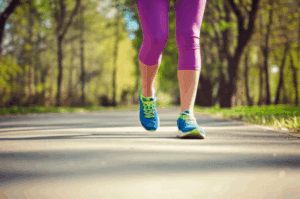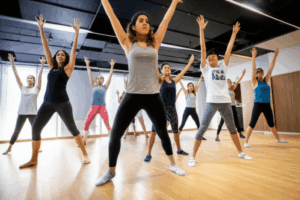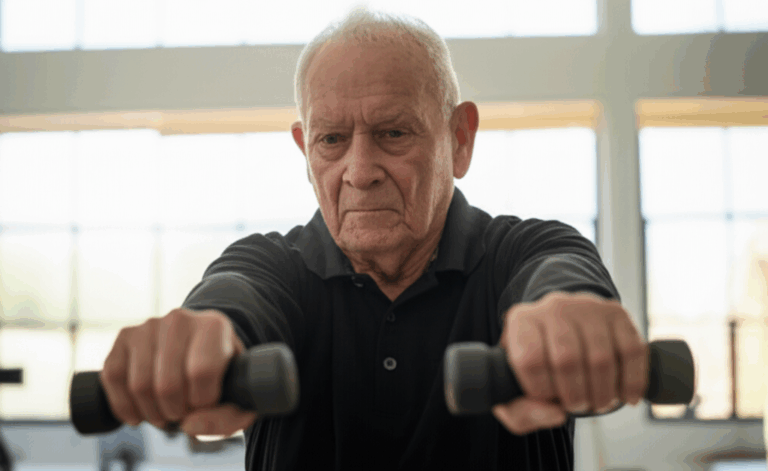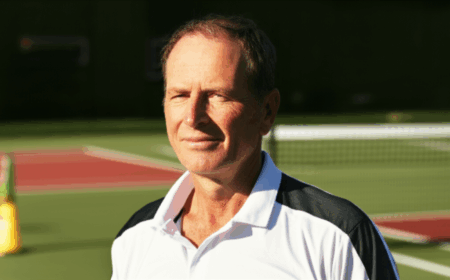In an age where the pursuit of health and vitality often feels like a modern endeavor, the enduring spirit of older generations offers a profound lesson. Imagine an 86-year-old World War II survivor, a living testament to resilience, who not only faced the unimaginable but now defies age with a vibrant commitment to fitness. Such individuals are not just outliers; they are beacons, illuminating the incredible power of the human body and spirit to overcome adversity and embrace a life of active longevity. Their journeys underscore that age is truly just a number when coupled with determination and a proactive approach to well-being.
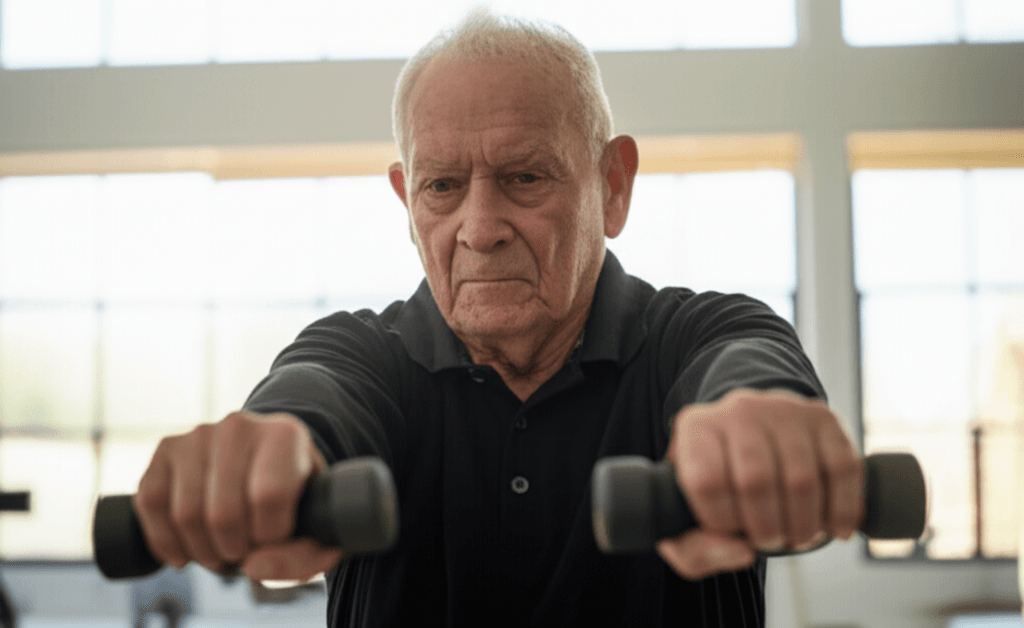
The Unyielding Spirit of the “Greatest Generation”
The generation that lived through World War II faced hardships and challenges that shaped their very being. They exhibited remarkable resilience, determination, and selflessness in the face of tyranny and oppression. Many veterans developed a strong sense of purpose and character, which proved crucial for “keeping it together” despite trauma and loss. This ingrained fortitude, forged in the fires of global conflict, often translates into a profound capacity for perseverance in all aspects of life, including health and fitness in their later years. As one World War II survivor, Helga Gretschmann Jones, now 89, recounted, “You just keep going, you can’t give up.” This unwavering spirit is a cornerstone of their continued engagement with physical activity.
Resilience Forged in Conflict
The experiences of WWII veterans instilled a unique mental toughness. From rationing and food shortages to direct combat, their early lives demanded constant adaptation and an unwavering will to survive. This history of overcoming immense obstacles has endowed many with an intrinsic drive that belies their chronological age. They learned to adapt, to push through discomfort, and to value life and health in a profound way. This foundational resilience becomes a powerful asset when embarking on or maintaining a fitness regimen in their senior years.
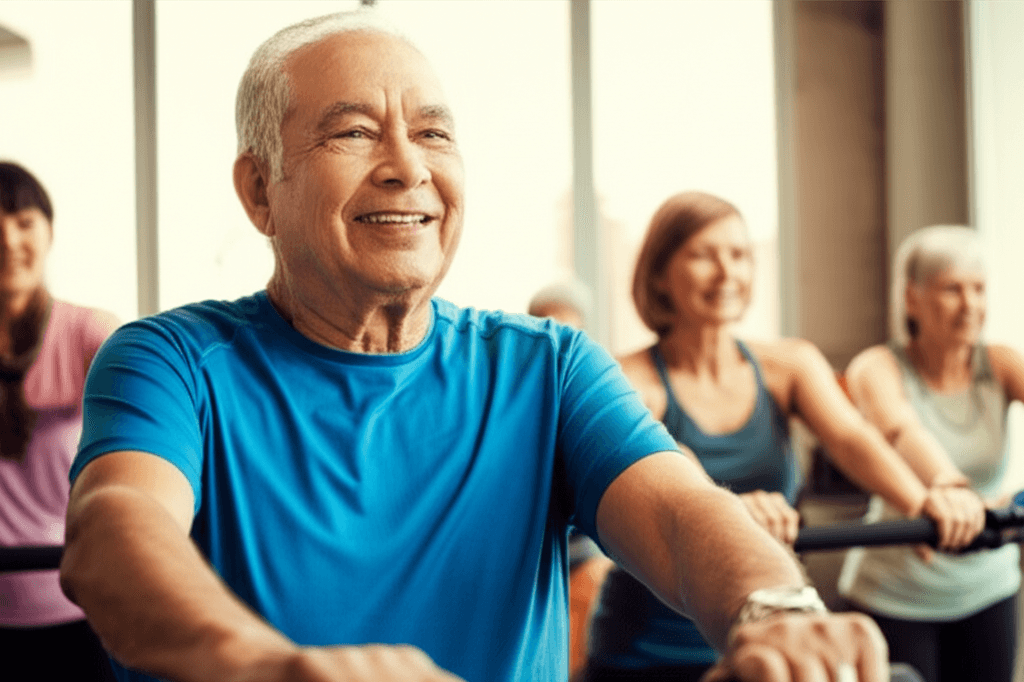
The Science of Senior Fitness: Defying Age Stereotypes
While the stories of such individuals are inspiring, they are also firmly supported by science. Regular physical activity offers a vast array of benefits for older adults, contributing significantly to both physical and mental well-being, and even extending life expectancy.
Physical Benefits That Build Strength and Independence
For seniors, consistent exercise is a powerful tool against the natural decline associated with aging. It helps prevent bone loss and can even restore bone density, reducing the risk of fractures. Exercise improves flexibility, tones muscles, and builds stronger bones, which collectively enhance mobility and balance, significantly lowering the risk of falls—a major concern for older adults.
Furthermore, physical activity provides a protective effect against numerous chronic diseases prevalent in older age, including cardiovascular disease, stroke, type 2 diabetes, and certain cancers. Even moderate exercise, like walking, can be instrumental in managing and preventing these conditions. A study revealed that modest increases in physical activity, such as an hour of daily walking, can translate into significant gains in life expectancy, underscoring its importance as a public health intervention. Those who achieve activity levels comparable to the most active quartile could see a 5.3-year increase in life expectancy.
Mental Acuity and Emotional Well-being
Beyond the physical, the mental and emotional benefits of fitness for seniors are equally profound. Exercise is a proven mood enhancer, releasing endorphins and reducing stress hormones, thereby alleviating symptoms of depression and anxiety. Regular physical activity has been linked to improvements in cognitive function, enhancing memory, executive functions, and processing speed, and can even delay the onset of age-related cognitive decline, including reducing the risks of developing dementia and Alzheimer’s disease.
Social engagement, often fostered through group fitness classes or walking clubs, also plays a crucial role in reducing feelings of loneliness and isolation among older adults. Exercise also helps improve sleep quality by promoting faster sleep onset and deeper sleep stages, regulating circadian rhythm, and alleviating insomnia.

Inspirational Journeys: Age is No Barrier
The individual stories of older adults who embrace fitness are powerful motivators. These tales often involve defying stereotypes and embarking on new physical challenges later in life, proving that it’s never too late to start.
From a 100-year-old marathon runner to a grandmother who began pole dancing at 75 despite having rheumatoid arthritis and osteoporosis, and an 82-year-old who completed an Iron Man, these examples highlight incredible achievements. They underscore that with proper exercise, nutrition, and a fitness regimen, seniors can significantly improve their strength, mobility, and overall quality of life. These inspiring figures demonstrate that movement, joy, and progress are always within reach, regardless of one’s age.
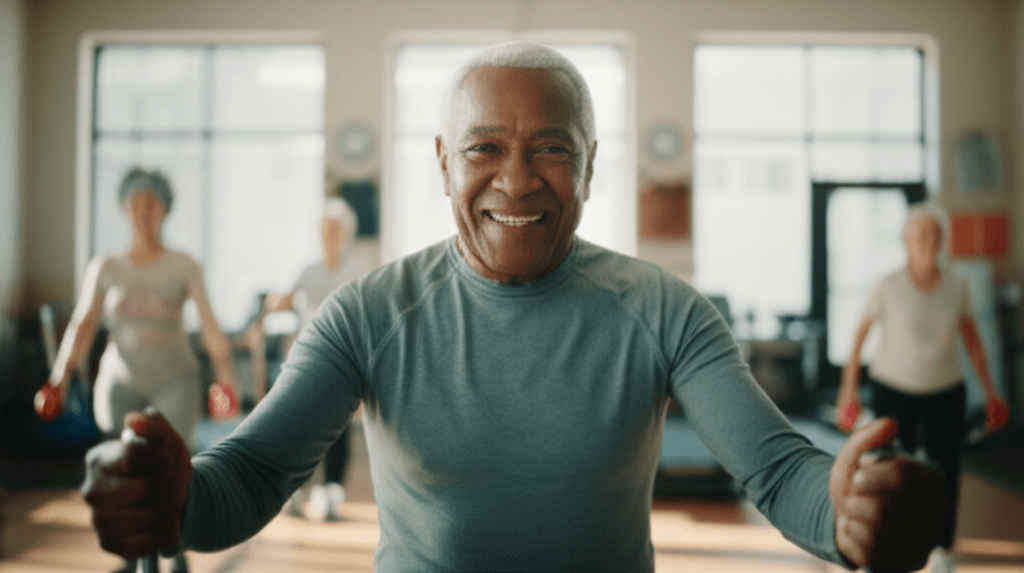
Practical Takeaways for Embracing Fitness at Any Age
The lessons from an 86-year-old WWII survivor who finds inspiration through fitness are clear: a commitment to physical activity can lead to a richer, healthier, and more fulfilling life, irrespective of past experiences or present age.
- Start Gradually: It’s never too late to begin an exercise program, but it should be approached carefully. Even light activities, like a walk around the park or gardening for 30 minutes, can be beneficial.
- Variety is Key: Ideally, exercise routines for older adults should incorporate a blend of aerobic exercise, strength/resistance training, and stretching/flexibility exercises.
- Consistency Over Intensity: While more intense activity can further reduce mortality risk, meeting recommended guidelines of 150-300 minutes of moderate activity or 75-150 minutes of vigorous activity per week is sufficient for significant benefits. Regular physical activity is associated with an increase in life expectancy by 0.4 to 6.9 years.
- Embrace Social Connections: Group fitness classes or activities offer both physical benefits and vital social interaction, combating loneliness.
- Listen to Your Body: It’s crucial to get approval from a doctor or licensed medical professional before starting any new exercise program.
The resilience ingrained in the World War II generation, combined with the proven benefits of a physically active lifestyle, paints a compelling picture of what’s possible in later life. Their journeys remind us that true longevity is not just about extending years, but about enriching them with strength, purpose, and an inspiring zest for life.

